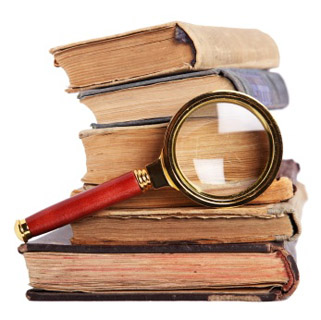
Jonathan Riley-Smith’s The Crusades, Christianity, and Islam provides a succinct, powerful work that helps us understand the historical memory of the Crusades in both the Western and Islamic worlds. What is remarkable about our modern-day understanding of the Crusades is it has more to do with nineteenth-century European imperialism than it does with the actual Crusades.
Riley-Smith demonstrates how the European historical memory of the Crusades morphed over the centuries, taking conflicting forms of disgust to nostalgia. However, in the Islamic world, the Crusades remained obscure until the late nineteenth-century where Europeans sparked an interest in the topic, as they used Crusader verbiage and memories to coincide with conquests of a crumbling Ottoman Empire. Over the course of the twentieth-century, Muslim historians viewed the Crusades in the context of modern-day imperialism, forever linking the two in the Muslim mind. Even Osama bin Laden cited figures and instances from the Crusades in his messages to the West.
The beauty of Riley-Smith’s work is it is only about 80 pages of content, making it a quick, interesting read. For students getting started in the concepts of historiography, The Crusades, Christianity, and Islam is a solid introduction.
Online Learning Tips, Student Contributor
Comments are closed.